Frozen Pipes Water Damage and Cold Weather Preparations
Looks like we are going to be in for some nasty weather….cold, cold weather!
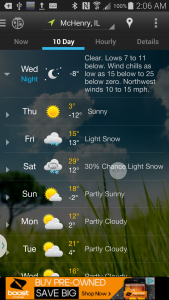 Below 0, check out my screen shot of the next 10 days. And I thought we were done with the cold, almost thought spring was on its way. I went outside and it was cold…..it takes a lot for me to get cold, don’t seem to feel it too much these days.
Below 0, check out my screen shot of the next 10 days. And I thought we were done with the cold, almost thought spring was on its way. I went outside and it was cold…..it takes a lot for me to get cold, don’t seem to feel it too much these days.
Below 0 means broken and frozen water pipes in older homes and believe it or not, newer homes. All it takes is a cold air leak around the box, that is the framing of the floor joists and rim joists. Siding doesn’t always cover as it should, tyvek might have gone MIA, animals could have burrowed under the siding….mice and moles. In the days of old, fiberglas insulation was placed under the sill plate, by now it’s disintegrated and probably wasn’t properly applied to start with.
How do I know all this…. well, I’ve seen it and done it!
If you have a warm crawl space or basement and there is an opening to the outside, warm air streams out and cold air streams in ….if you have water pipes close by they can freeze and you’ll have burst water pipes, a broken or frozen water pipe will spill slowly at first and as it thaws you have a gusher.
If the water leak is in the crawl space with peagravel and visquine the water will sit on top of the plastic vapor barrior and depending how much, get pumped out by the sump pump and just sit in the low spots raising the humitidy and moisture levels to 100% or more. I’ve seen this happen, the crawl space floods and the oak floors buckle, the floor joists and bottom of the plywood is covered with mold and you end up with one big mess. Even the carpet picks up the moisture and grows mold and fungus.
What to do, how to fix?
Get your HVAC, heating guy, to cut some vents into the hot air supply lines in the crawl space or basement. You’ll have to open these at the beginning of winter and close them in the spring.
Get pipe insulation and wrap your exposed water pipes in the basement and crawl space. This will help to keep them from freezing and condensating. Remember, moisture is our enemy. Too much water in the air causes damage to your building structure and components in many different forms.
If you have a really old house or a particularly exposed situation you might need heat tapes. I’m always a little leary of heat tapes, after all they are basically electrical wires designed to be wrapped around pipes to keep them from freezing by increasing the resistance in the electrical wires. Personally, if I use heat tapes I always try to stick a fire and smoke alarm nearby. Both battery operated and direct wired smoke detectors.
You might have seen water alarms. These are relatively inexpensive but if you have a crawl space or basement that is problematic you might want to install a high water alarm. It basically has 2 contacts that complete a circuit if water reaches the contacts and a fire alarm type sound will go off. It’s great for crawl spaces that nobody goes into, one of these gadgets could save you a ton of cash if you discover a flooded crawl space as its happening.
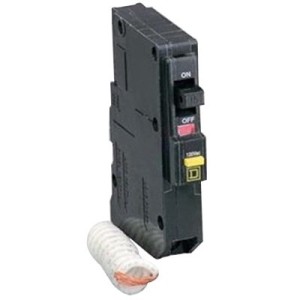 Someone I know still has a shallow well, its outside of the house and this cold weather causes all types of problems. The well pit needs to be enclosed, insulated the best it can be and somehow heated. We have heated well pits with heat lamps and heat tape. Take care though because a well pit is undoubtedly damp and wet. Always connect any electric
Someone I know still has a shallow well, its outside of the house and this cold weather causes all types of problems. The well pit needs to be enclosed, insulated the best it can be and somehow heated. We have heated well pits with heat lamps and heat tape. Take care though because a well pit is undoubtedly damp and wet. Always connect any electric 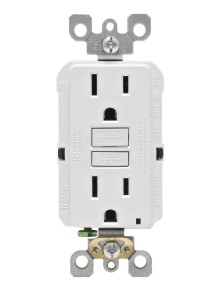 going into a well pit with a GFIC circuit breaker or GFIC outlet that is out of the pit and accessible. Most people will put the GFI outlet in the well pit, moisture or a broken and frozen pipe will cause the GFI outlet to blow and your heating elements will no longer work…..problem is you don’t know it because its down in a hole! So install the GFIC outlet where you can easily see if it has been tripped.
going into a well pit with a GFIC circuit breaker or GFIC outlet that is out of the pit and accessible. Most people will put the GFI outlet in the well pit, moisture or a broken and frozen pipe will cause the GFI outlet to blow and your heating elements will no longer work…..problem is you don’t know it because its down in a hole! So install the GFIC outlet where you can easily see if it has been tripped.
One more handy tip to prevent frozen pipes and burst water pipes.
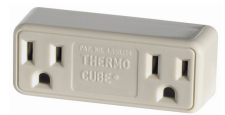 You can buy a temperature controlled outlet that has a thermocouple and circuit that will not work until the temperature reaches a certain amount ….usually close to freezing (35 degrees) and then shuts off again at 45 or so degrees. So, you can plug your heat lamp, heat tapes or whatever gadget you have to keep your crawlspace, well or basement warm into this extension cord and it won’t go on until you are in danger of having frozen pipes. I’ve used this with much success. In fact, I think it was originally designed for farmers to provide a heating element for their water troughs. When the temperature drops to 36 or so, the circuit opens and the water is kept liquid instead of ice!
You can buy a temperature controlled outlet that has a thermocouple and circuit that will not work until the temperature reaches a certain amount ….usually close to freezing (35 degrees) and then shuts off again at 45 or so degrees. So, you can plug your heat lamp, heat tapes or whatever gadget you have to keep your crawlspace, well or basement warm into this extension cord and it won’t go on until you are in danger of having frozen pipes. I’ve used this with much success. In fact, I think it was originally designed for farmers to provide a heating element for their water troughs. When the temperature drops to 36 or so, the circuit opens and the water is kept liquid instead of ice!
I’m gonna set that up for my chickens!! Oh ya, fresh eggs and an occasional chicken dinner 🙂
Well, hang in there over this next cold snap. If you run into problems give us a call and we’ll see what we can do to help.
Call me, Chris at 815-529-7279 or leave a comment on our facebook fanpage https://www.facebook.com/foreverrestorations and you can always drop me an email at chris@foreverrestorations.com

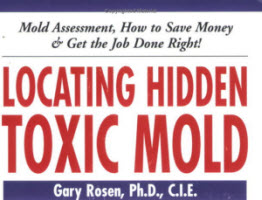


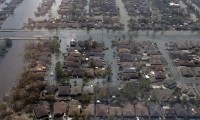
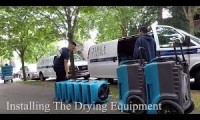

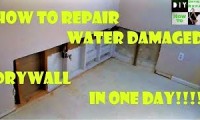
Leave A Reply